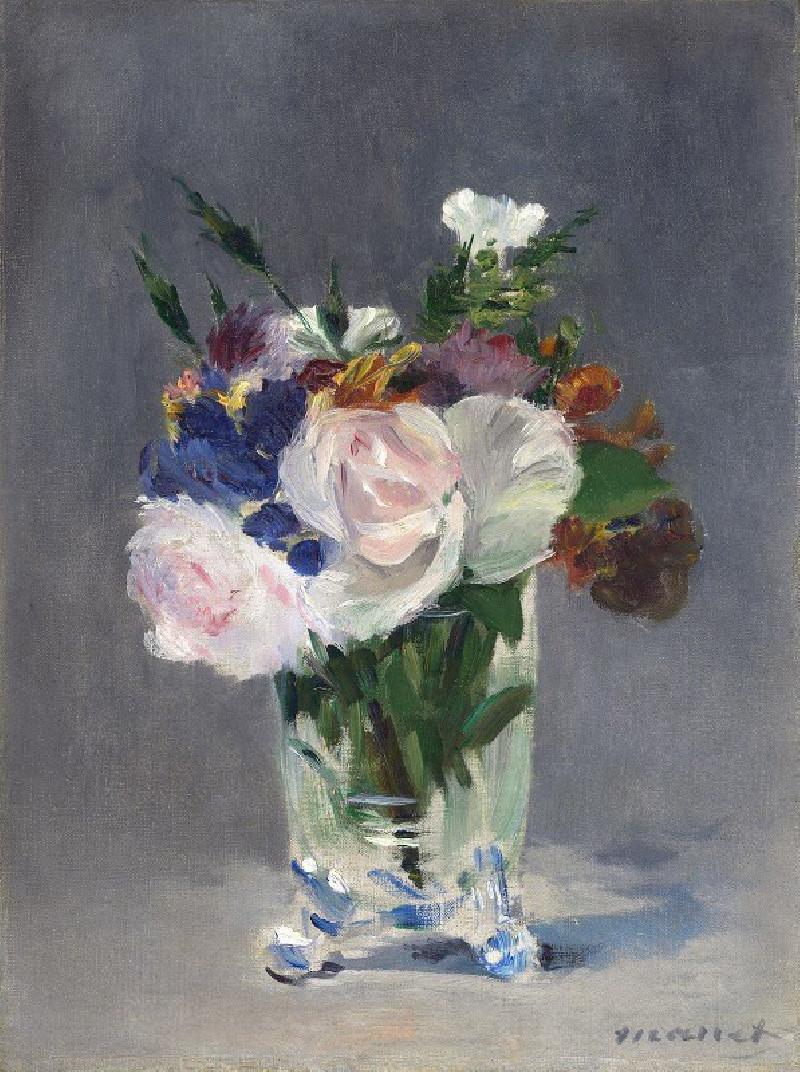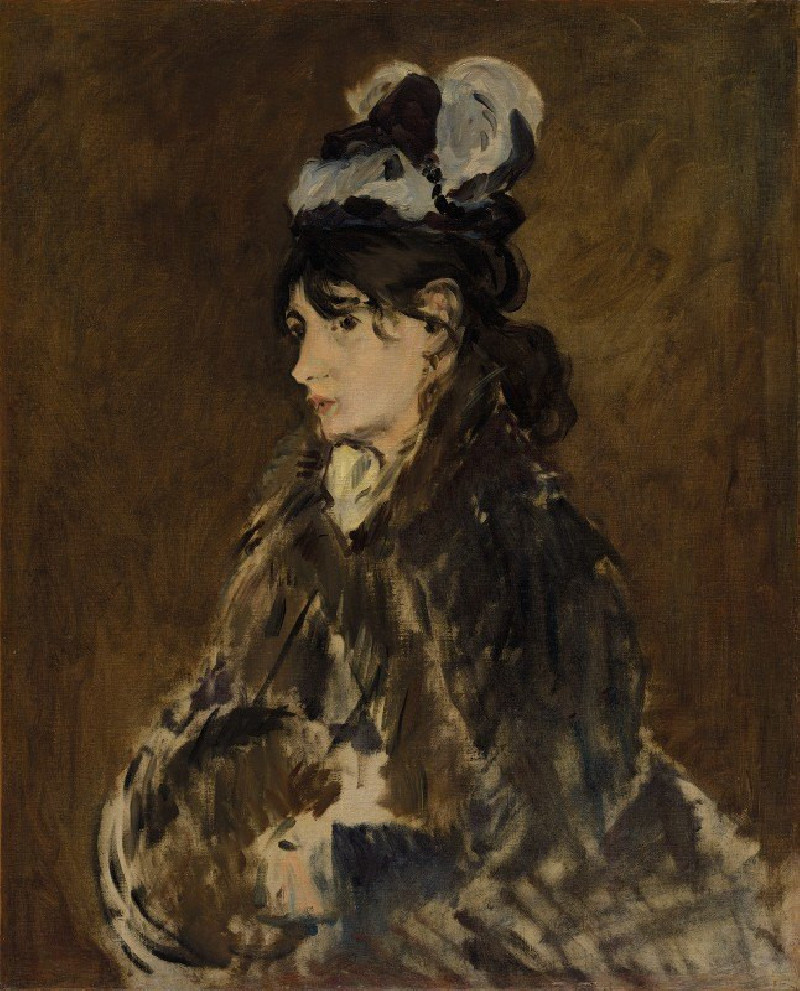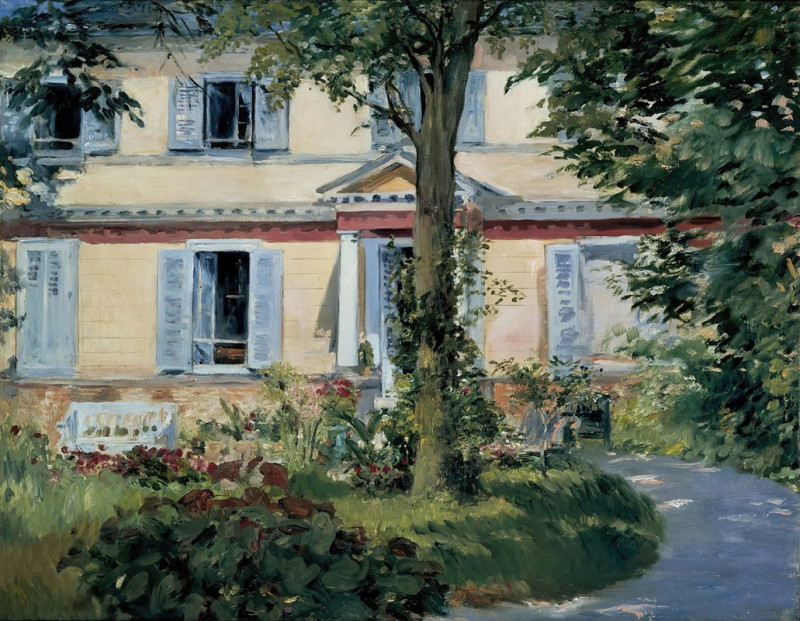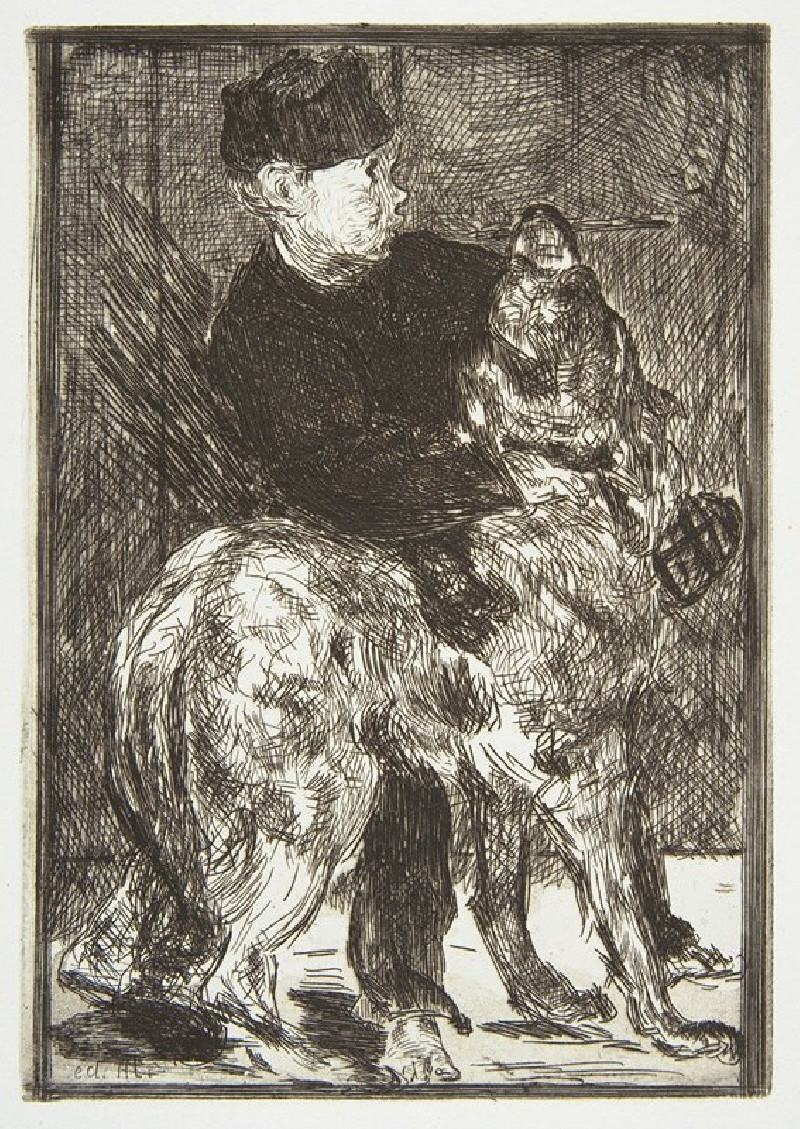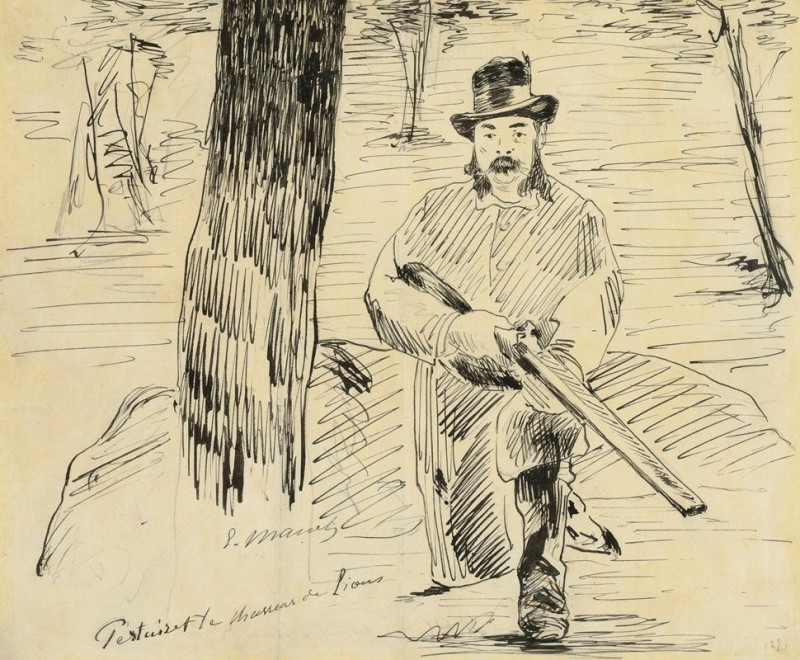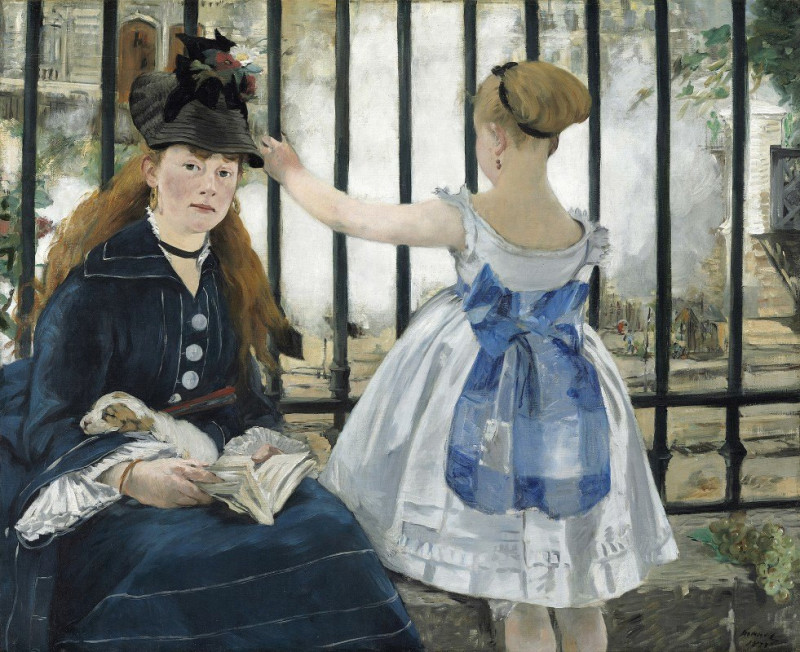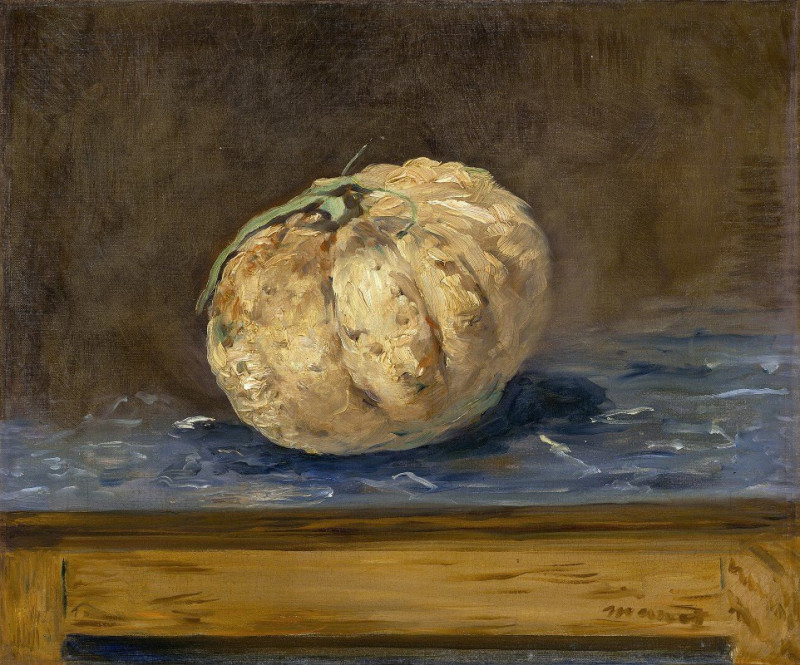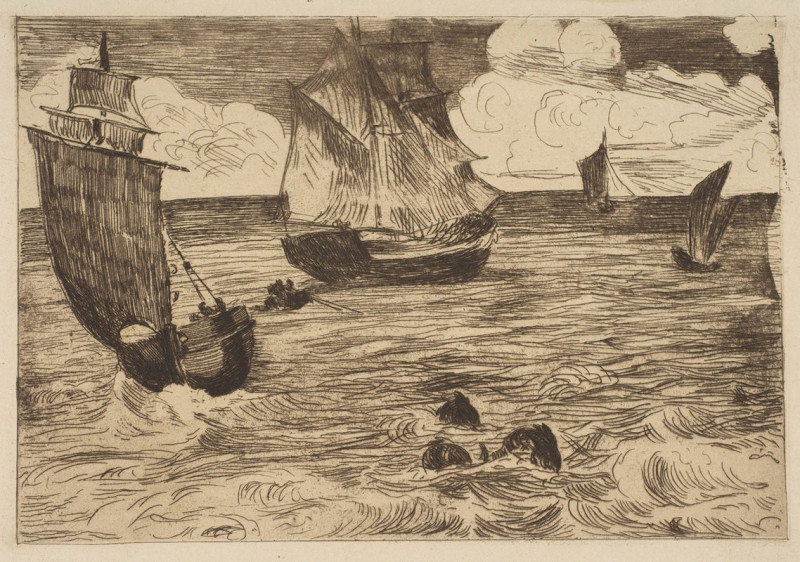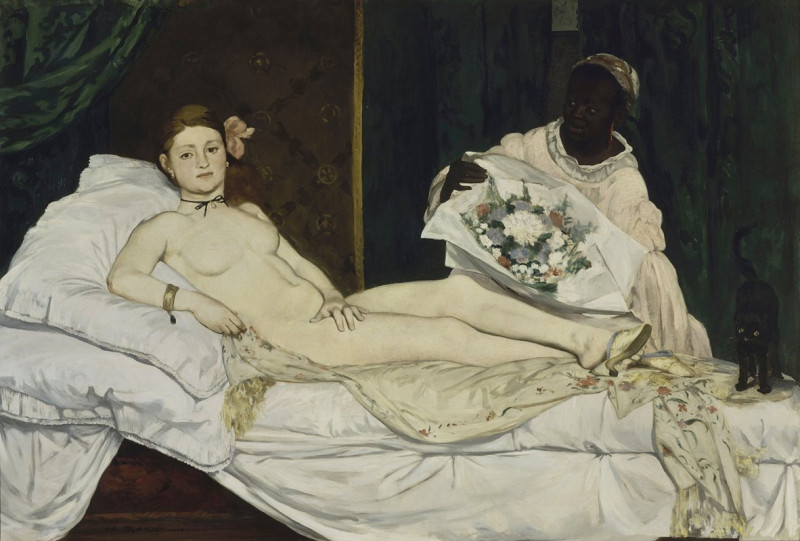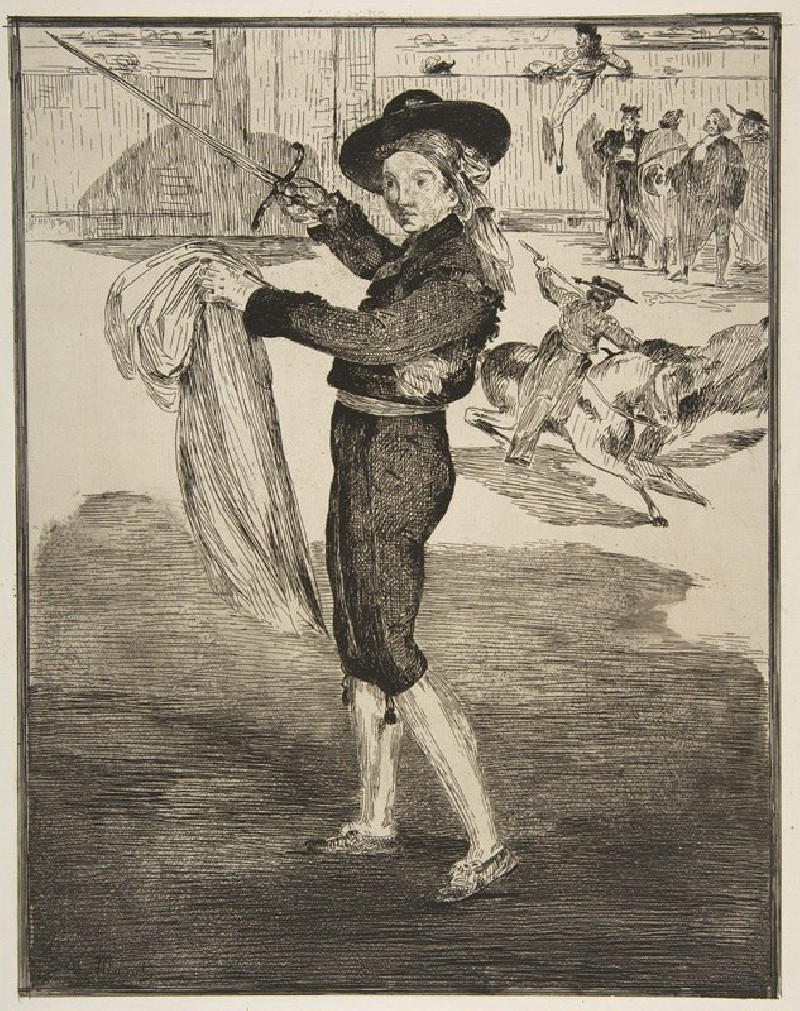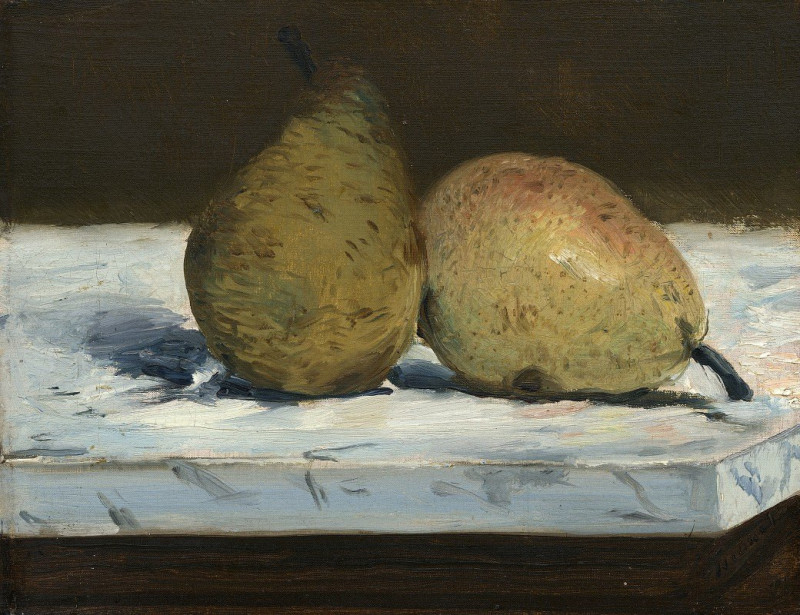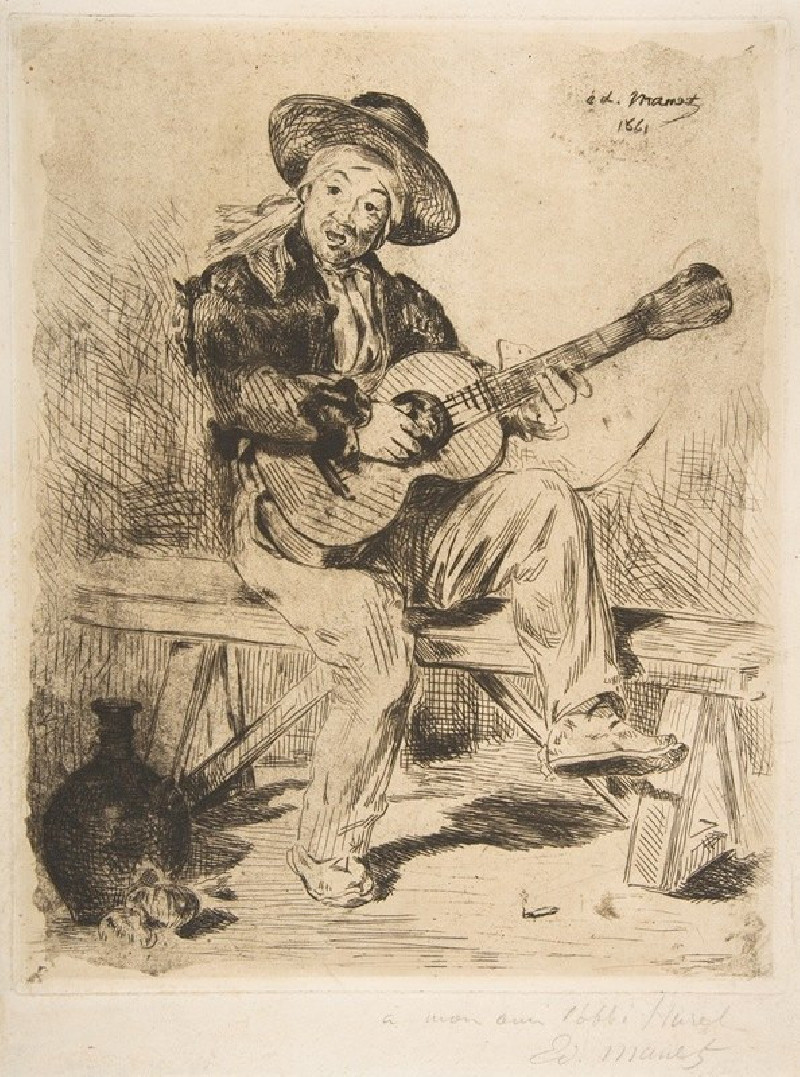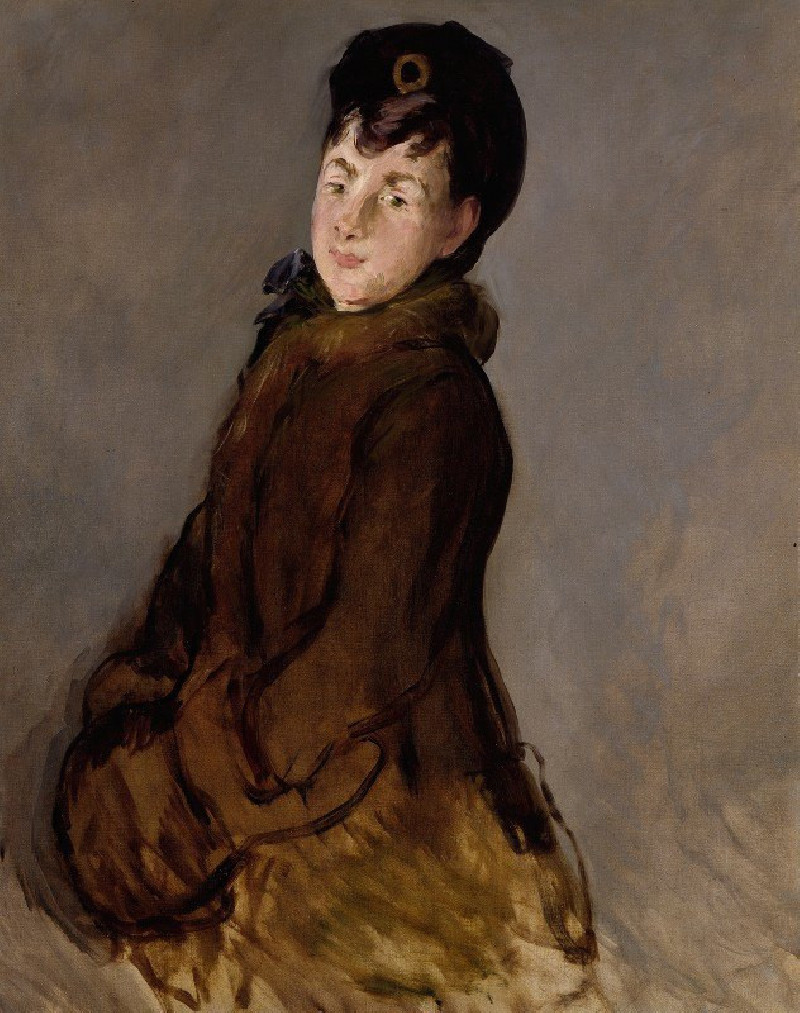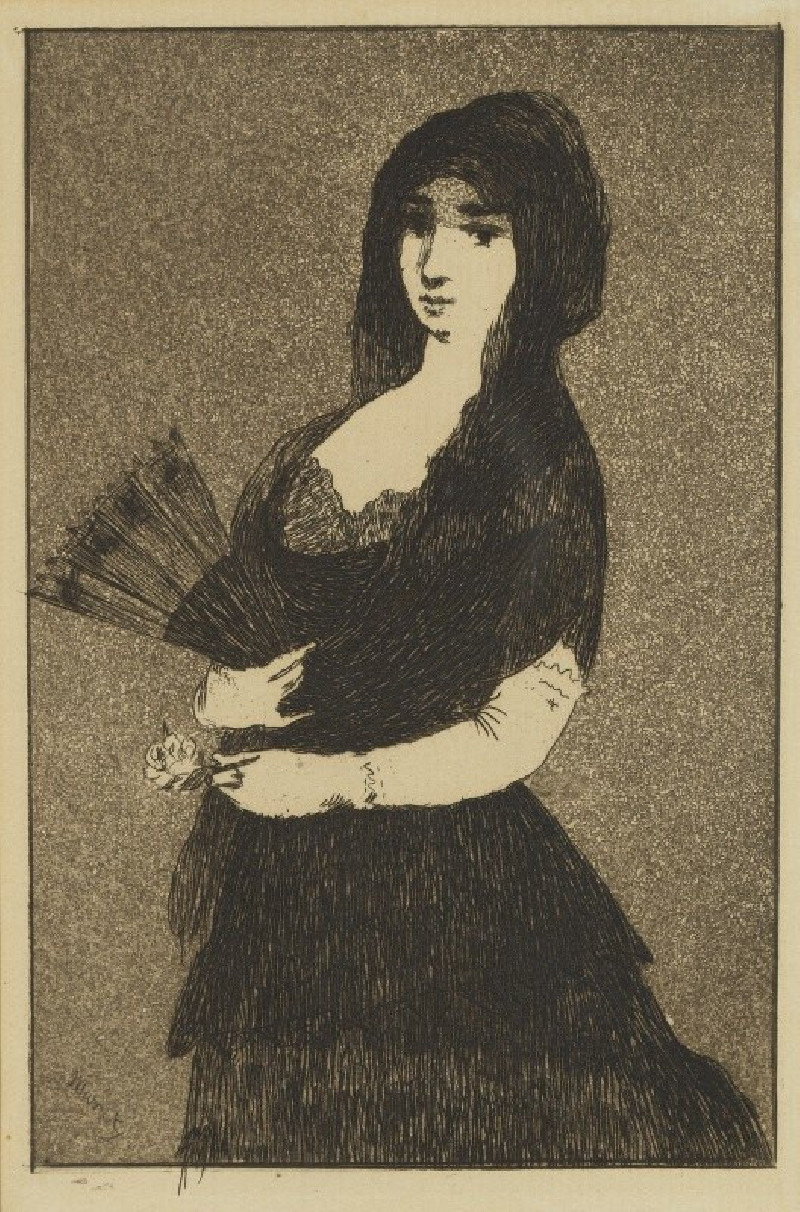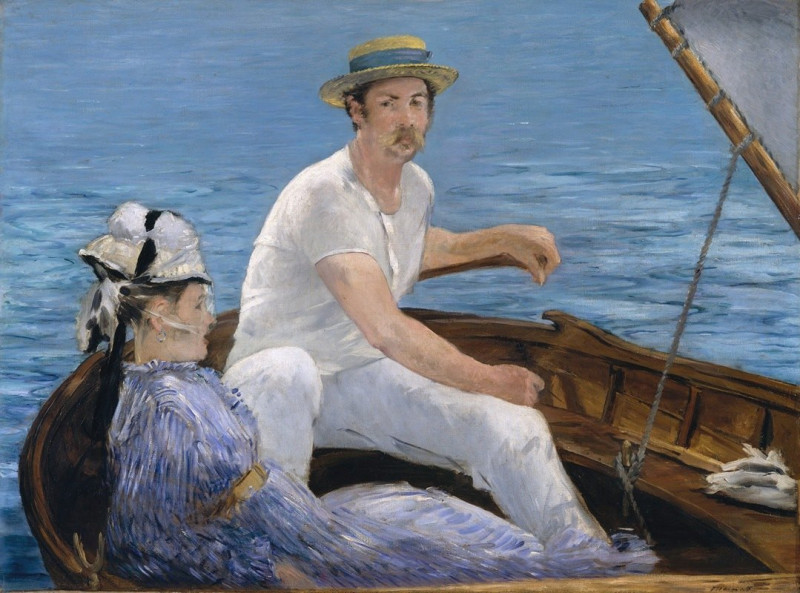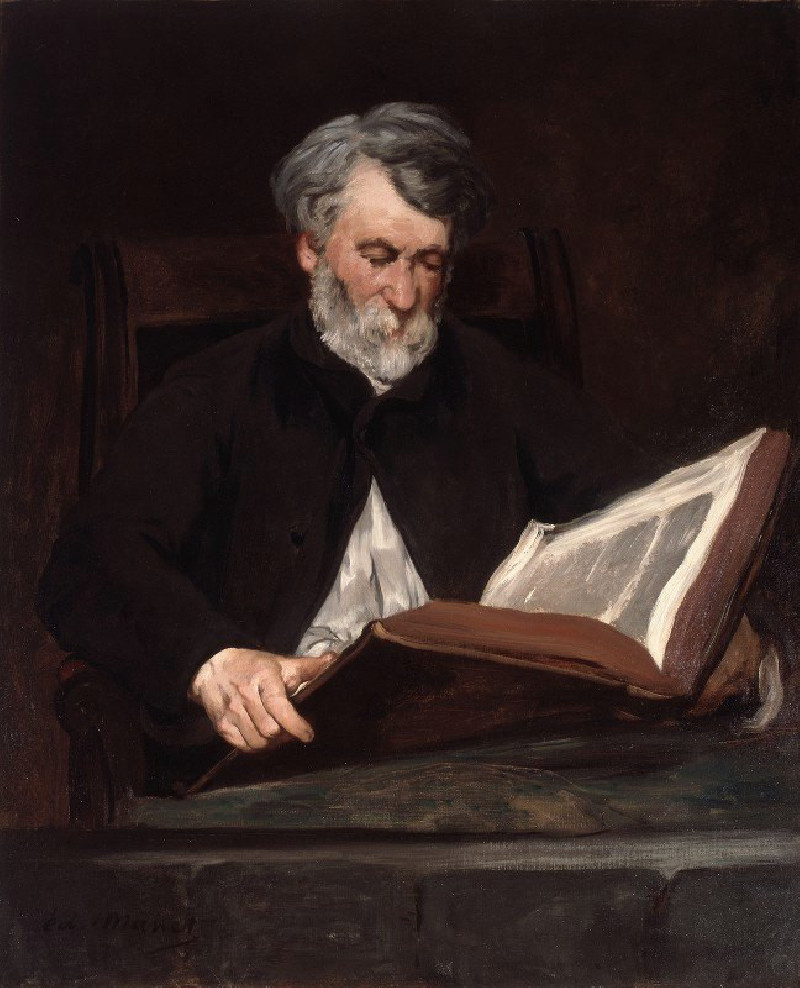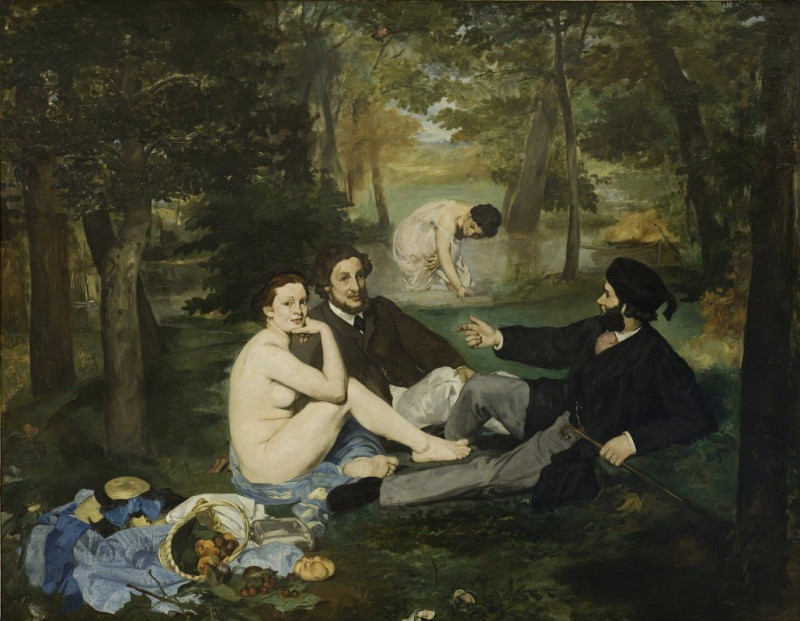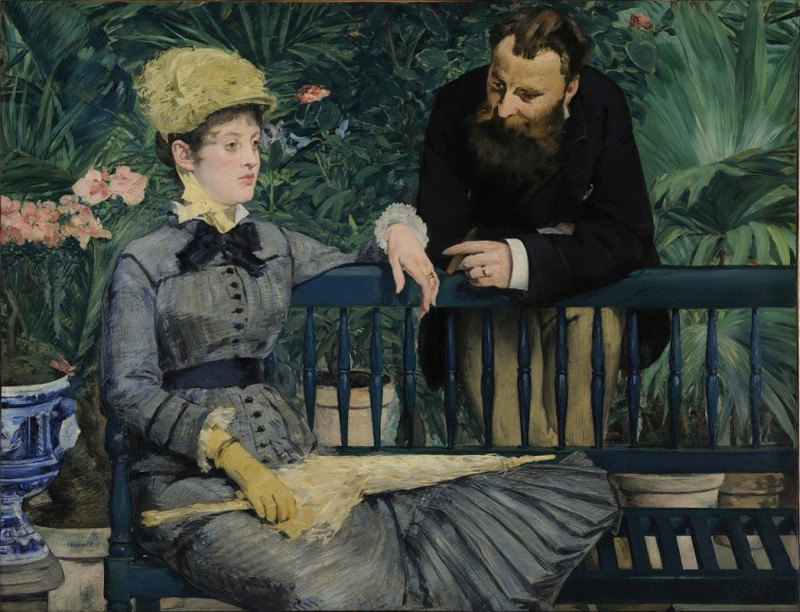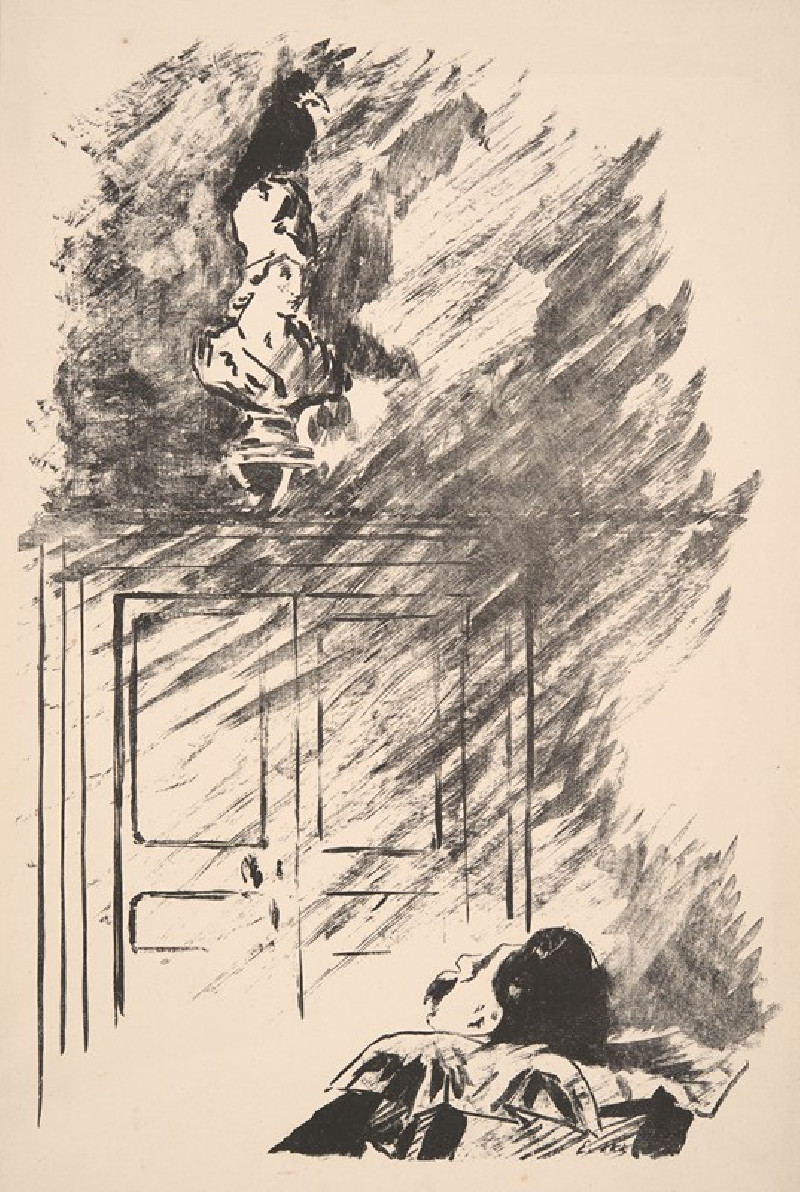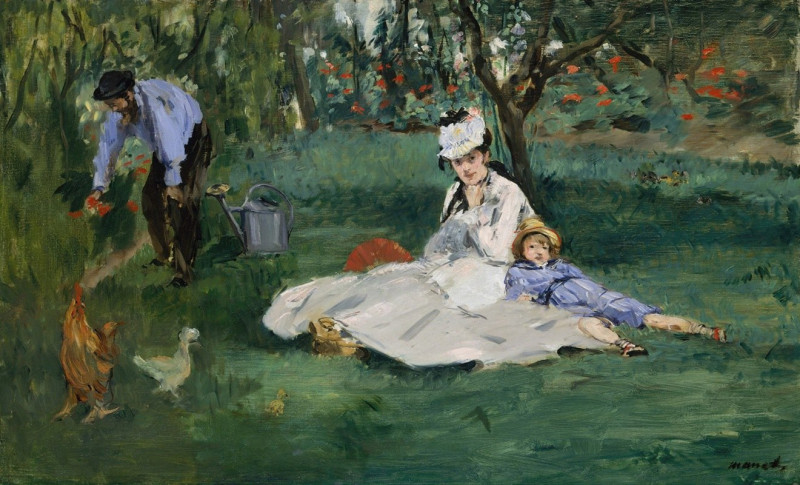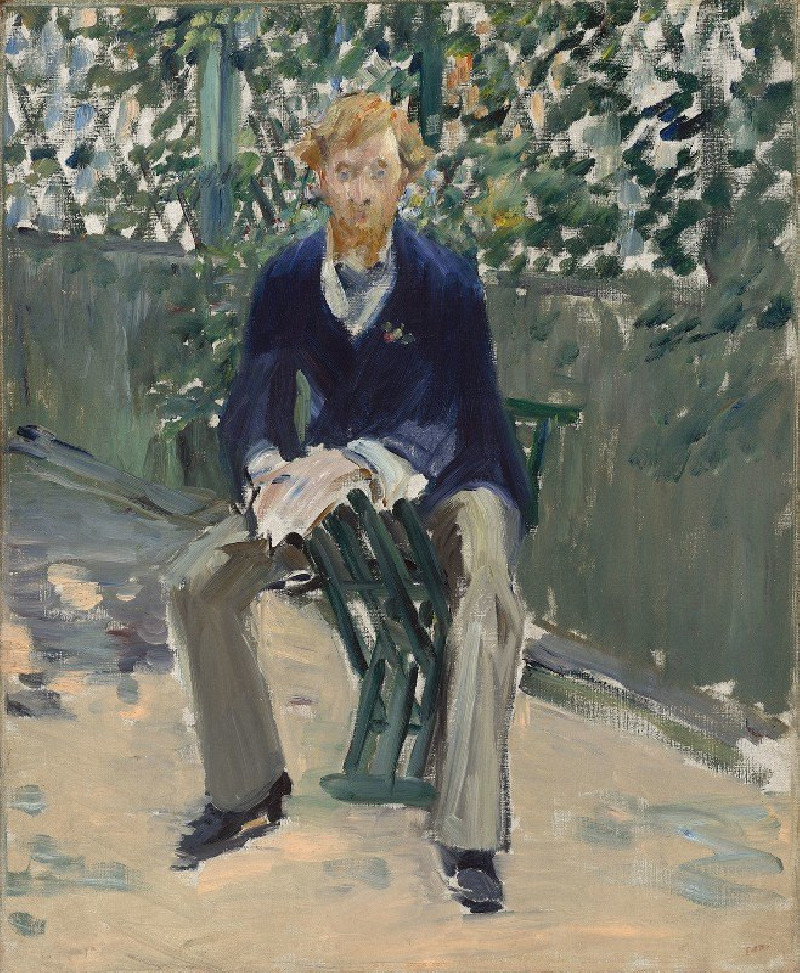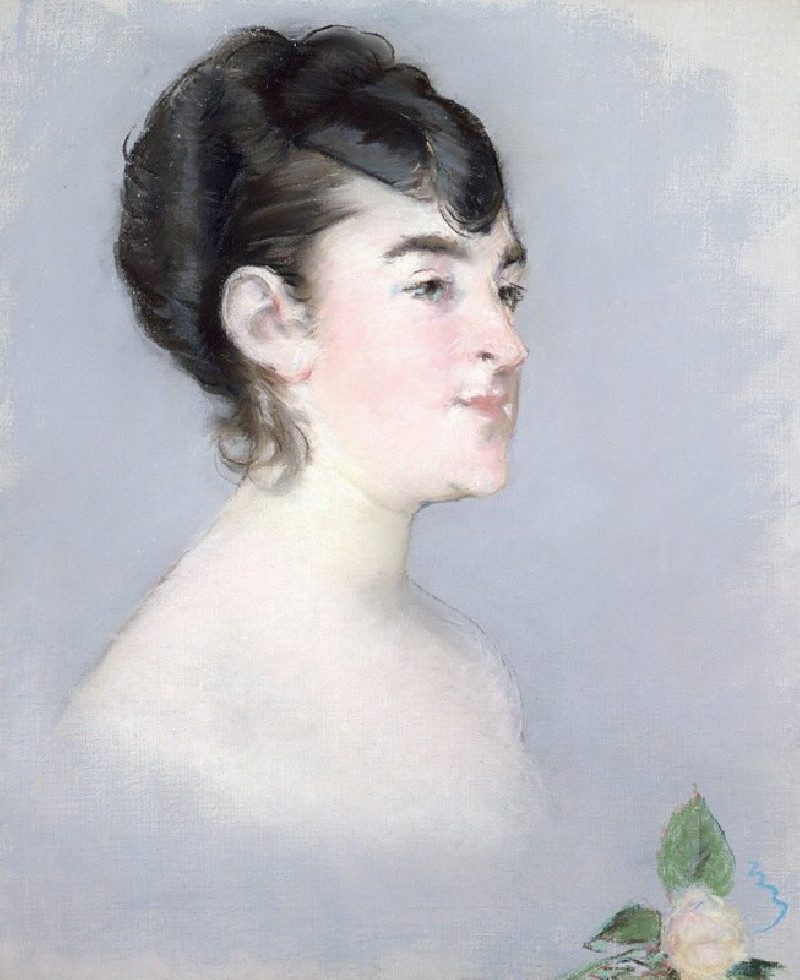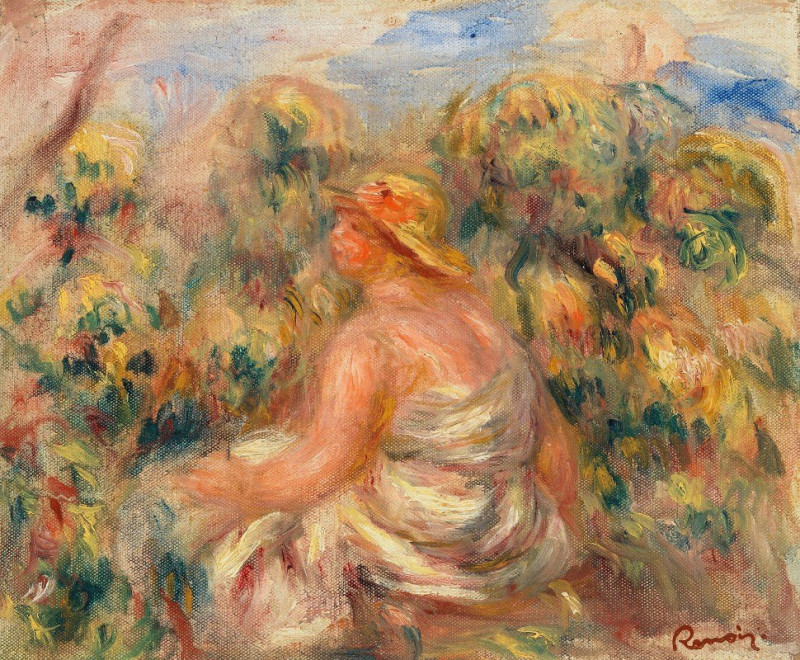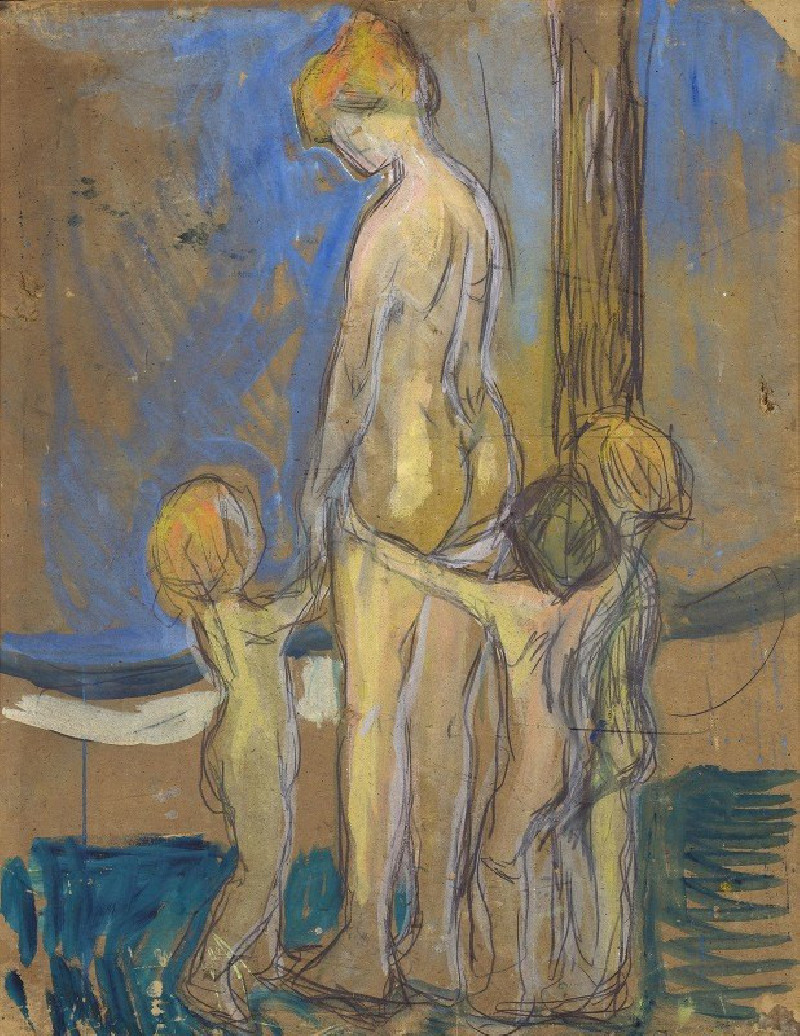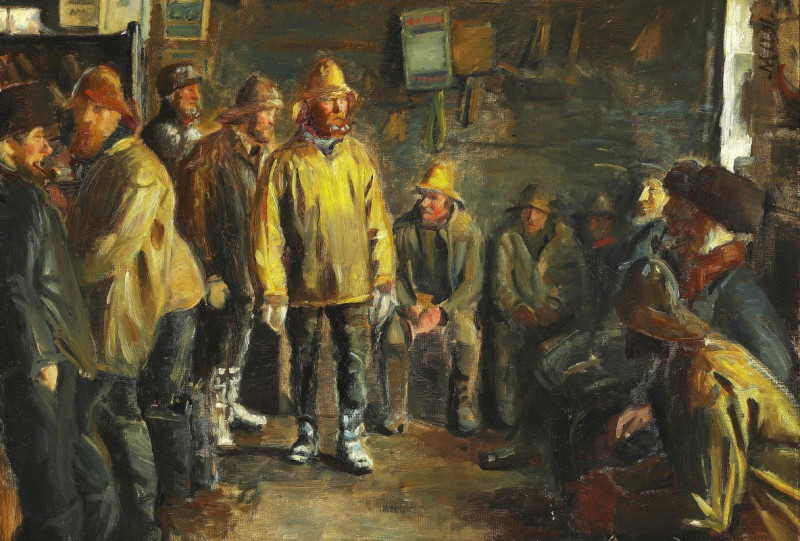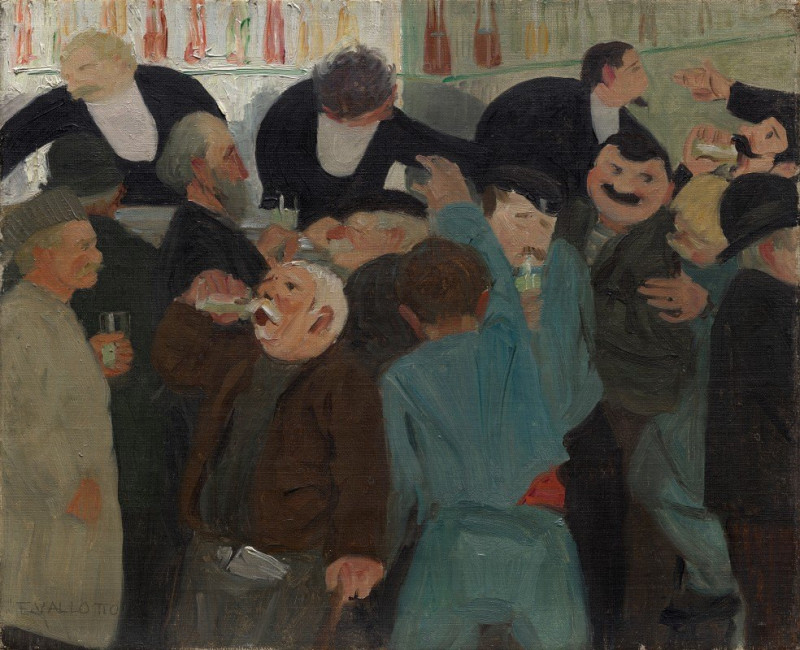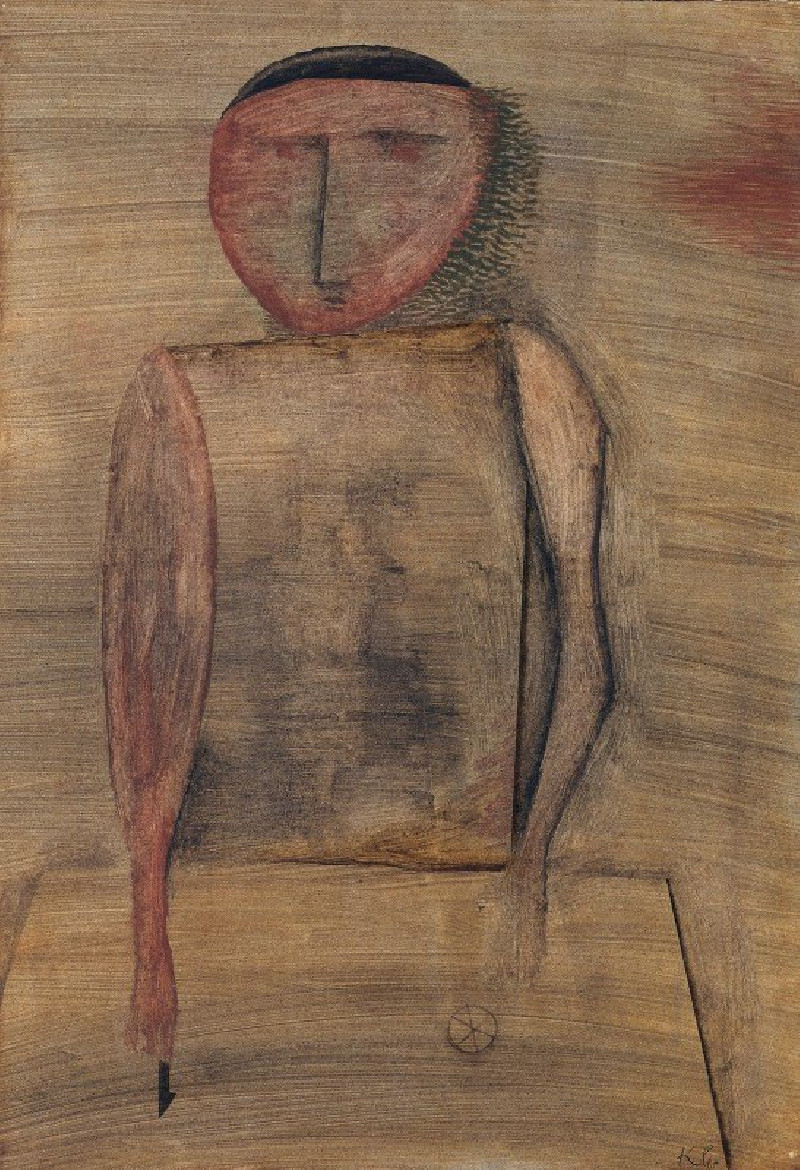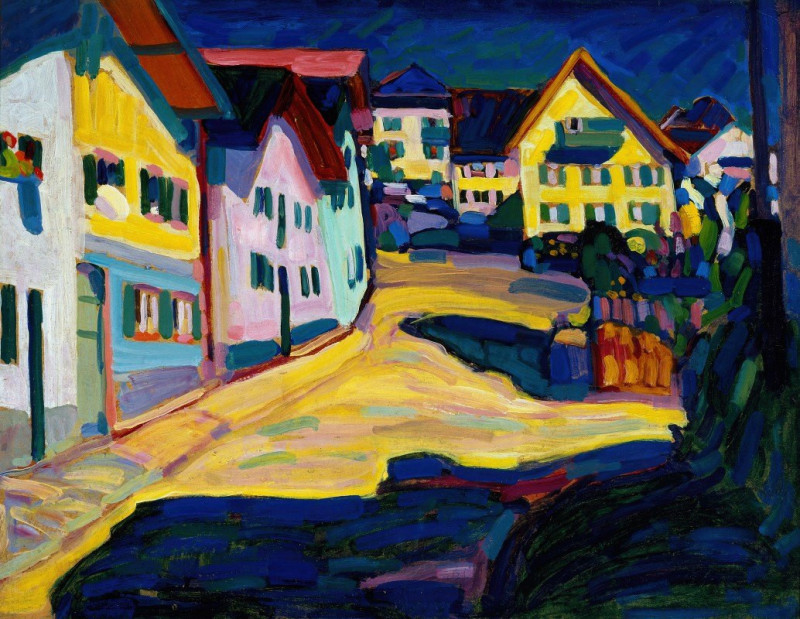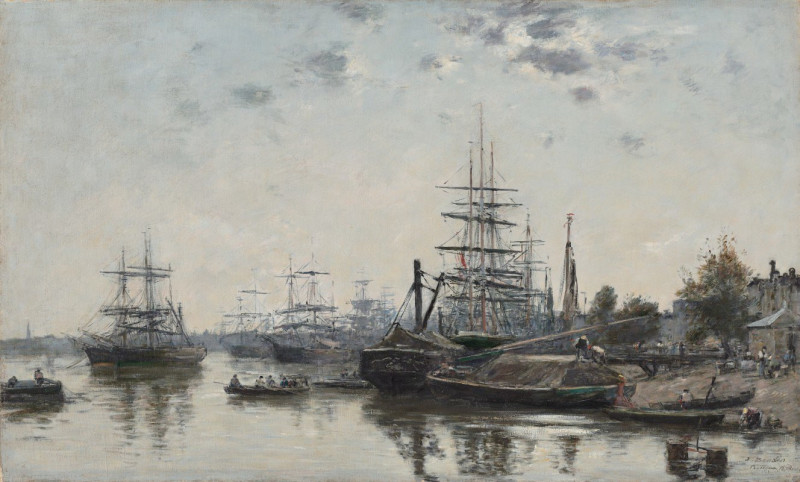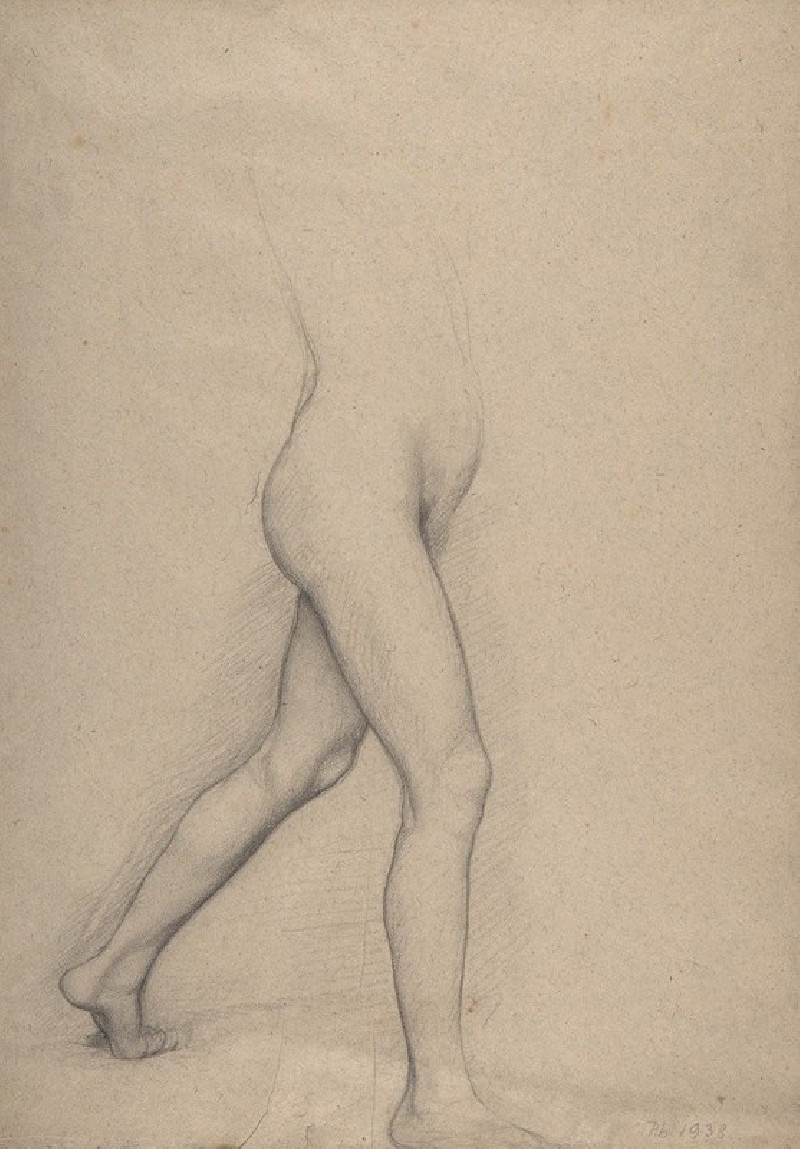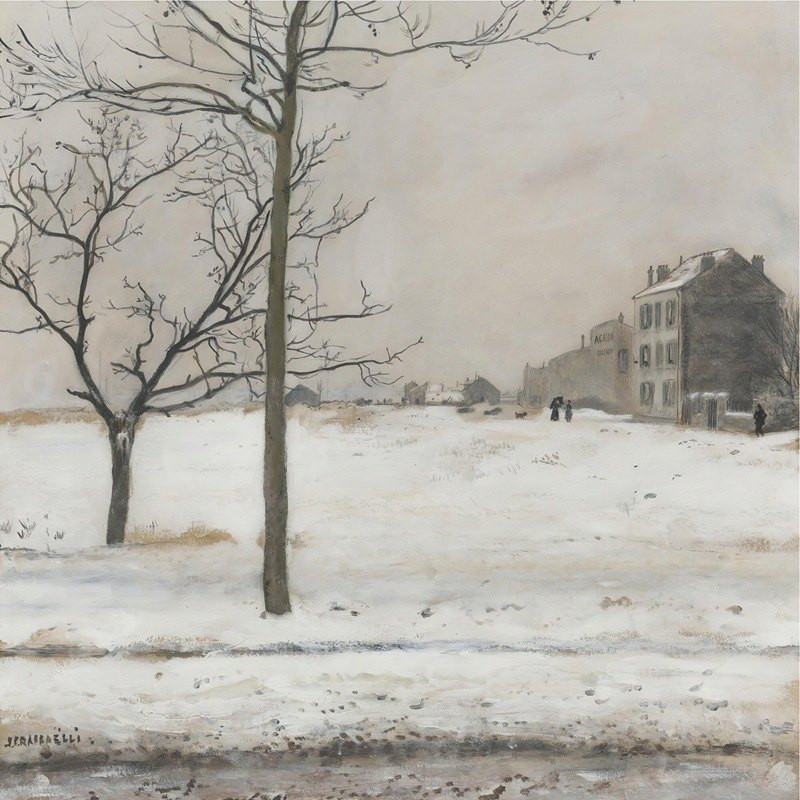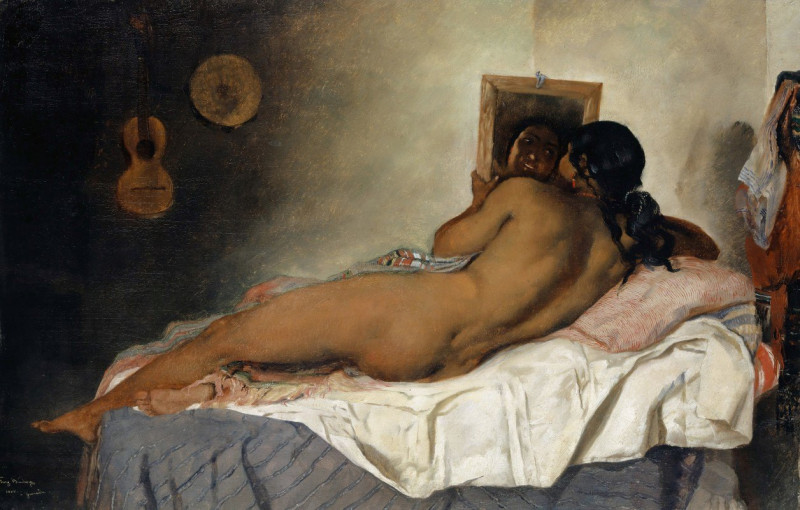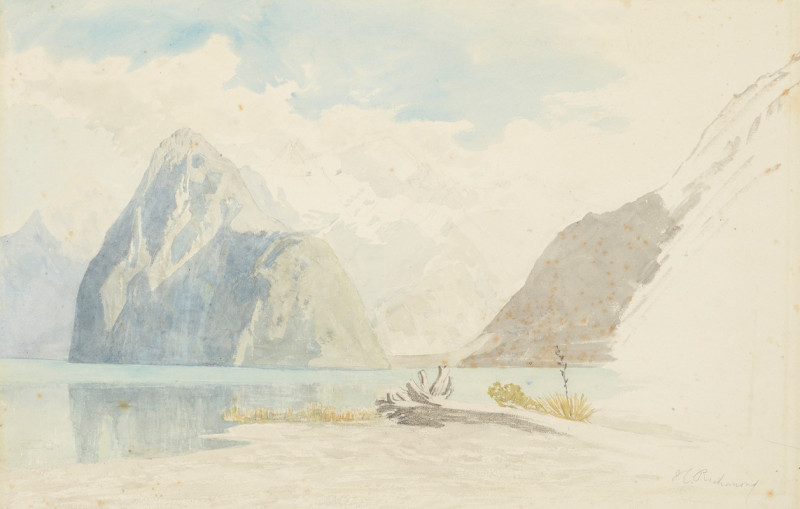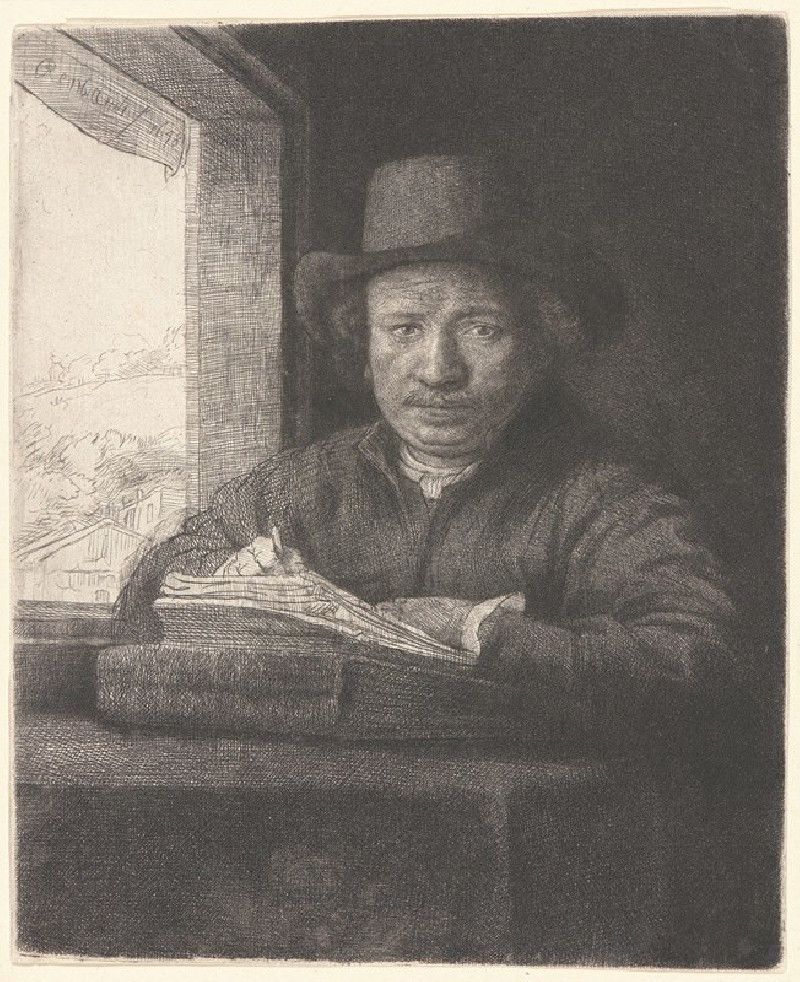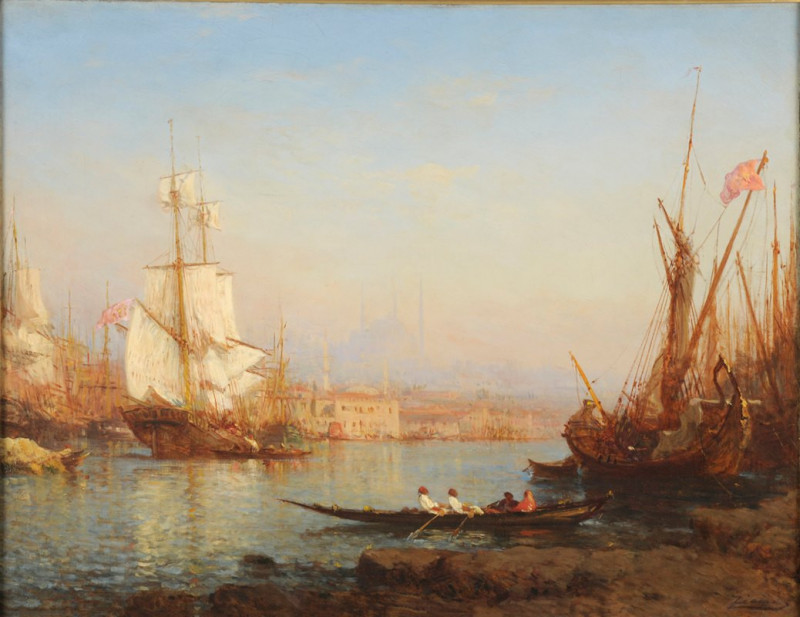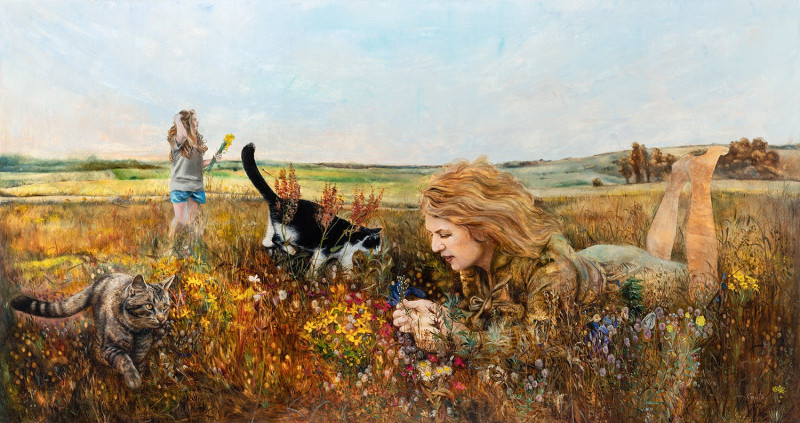Portrait de Madame du Paty
Technique: Giclée quality print
Recommended by our customers
More about this artwork
Edouard Manet's "Portrait de Madame du Paty" is an evocative and nuanced work that exemplifies the artist's talent for capturing the essence of his subjects with immediacy and elegance. This portrayal in pastel reveals a sensitive approach to form and color, focusing on the visage and upper torso of Madame du Paty. The lady sports an introspective gaze, perhaps hinting at a quiet moment of reflection. Manet's use of soft, brushed pastels results in a delicate rendering of her features, with subtle shifts of light and shade that convey depth and emotion. Most notable is the detailed treatment of her attire; her dress is adorned with floral elements and splashes of blue and yellow, adding a vibrant contrast to the otherwise muted palette of grays and whites in the background.
Delivery
Returns
Édouard Manet (1832–1883) was a French modernist painter and one of the first 19th century artists to paint modern life. His impressionist style is characterized by relatively small and thin brushstrokes that create emphasis on light depiction. Manet was one of the key artists in the transition from realism to impressionism, along with Claude Monet, Edgar Degas, and Pierre-Auguste Renoir. However, he resisted involvement in any one specific style of painting, and only presented his work to the Salon of Paris instead of impressionist exhibitions. His early masterworks, The Luncheon on the Grass and Olympia, created great controversy and served as a rallying point for other young painters.


